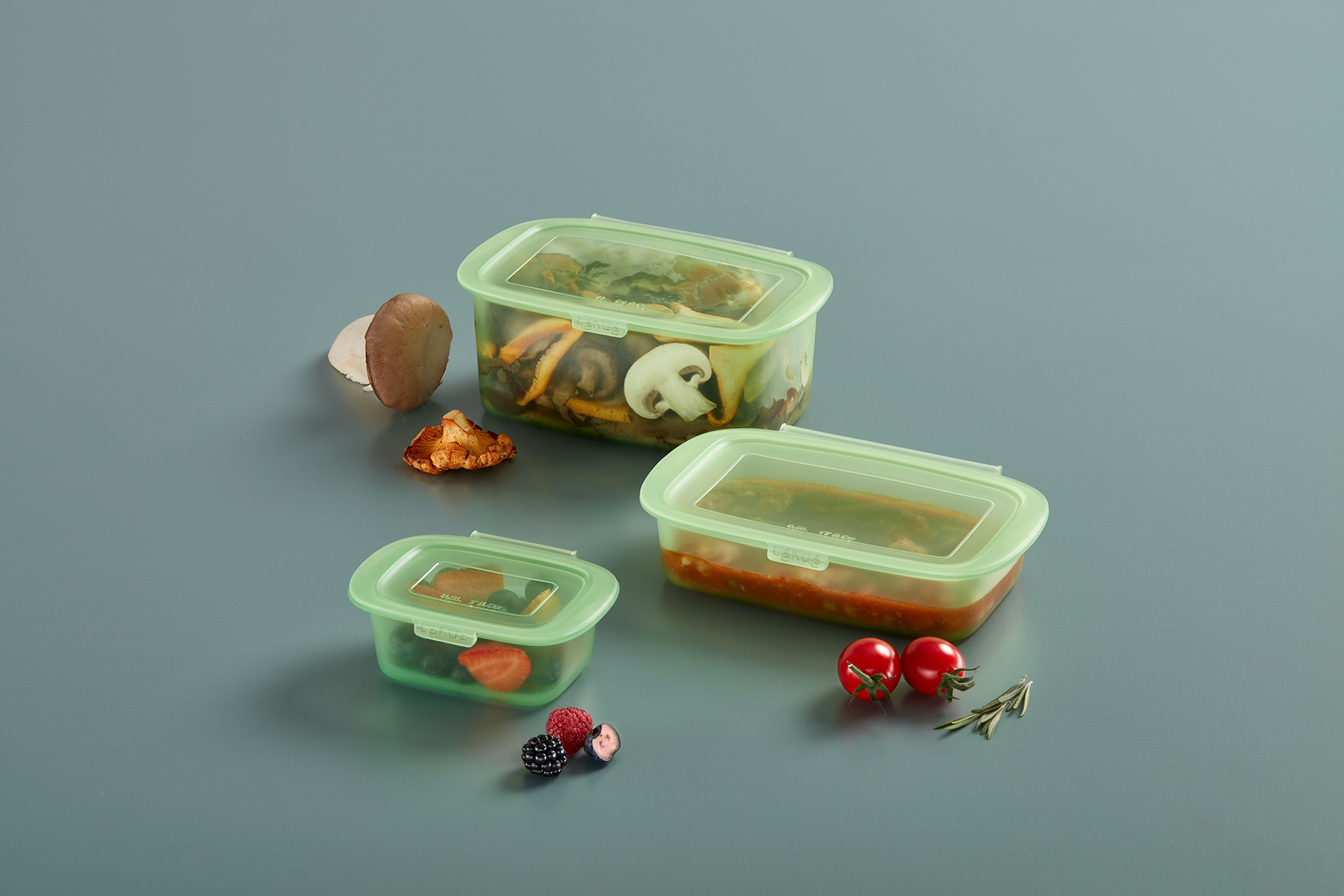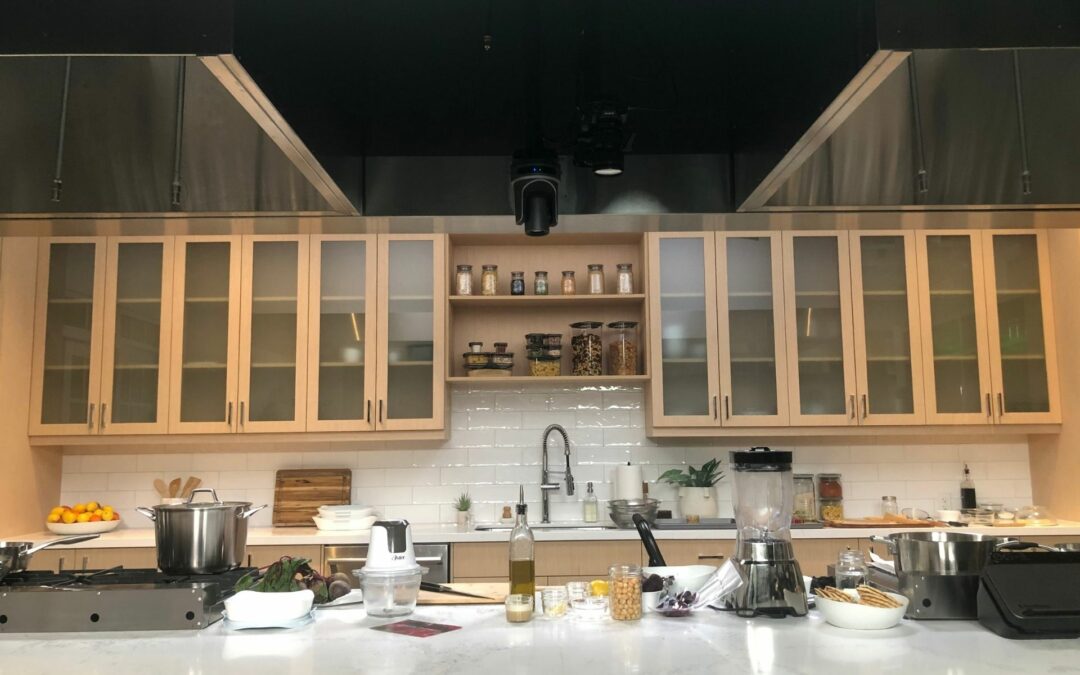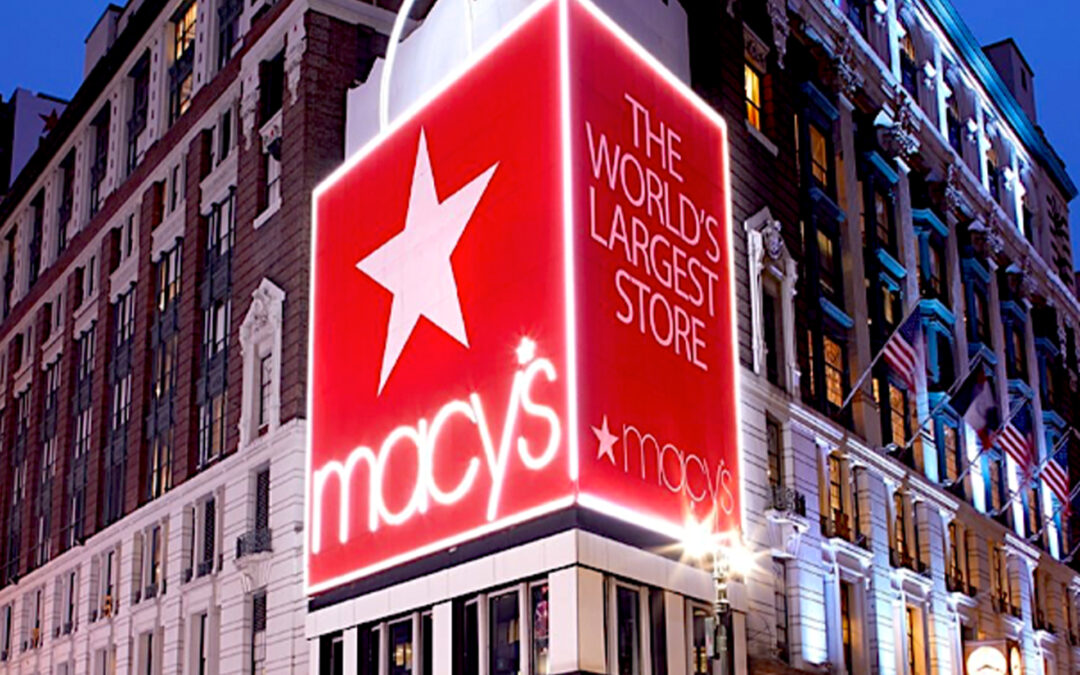The combination of more frequent home meal prep, soaring food costs and concerns about excessive household food waste is fueling the retail food storage business, according to The NPD Group.
NPD reports consumers $2.1 billion on food preservation and storage products during the 12 months ending February 2022, a 36% increase over the sales level two years ago.
NPD figures 86% of the 500 billion annual meal decisions resulted in food sourced from home, a pattern expected to advance with restaurant operational costs rising faster than grocery costs.
The result: More leftovers. NPD’s National Eating Trends reports that in the year ending February 2022, U.S. consumers ate leftovers about 110 times per person per year, the equivalent to 32 billion annual consumptions of leftovers, up about 6% from 2020.
The average U.S. household wastes $1,866 of food each year, according to a 2020 report on food waste in the Journal of Agricultural Economics. Mitigating such waste is prompting U.S. consumers to seek food storage solutions to stretch their food dollars and meals while reducing food waste.
Meanwhile, the return to worksites, schools and other away-from-home activities has lifted on-the-go food storage needs, according to NPD. Breakfast and lunch are the meals or snacks most likely sourced from home and packed to-go. Meals and snacks consumed away from home represented 19% of all meals and snacks, whether prepared at home or ordered from food service, in the year ending February 2022, up 5% from February 2021, according to NPD.
Dollar sales of food preservation products, including canners, canning jars and accessories, have grown by 39% in the past two years, NPD reported. The food storage category, including glass, metal/plastic storing bowls, canisters and jars, advanced dollar sales by more than 36% in 12 months ending February 2022 compared to two years ago, according to NPD. Food vacuum sealers saw sales growth of 68% over the past two years.
During the 12 months ending February 2022, 49% of the U.S. population purchased food preservation and storage products, and the spend per purchase was $11.66, according to NPD’s Checkout Omnichannel Tracking.
Brick-and-mortar retail stores, led by mass merchants, represented the largest dollar share of food preservation and storage purchases, while online purchases represented 33%. The immediate need for food preservation and storage products might explain the consumer brick-and-mortar preference in the category, NPD noted.
“In so many ways, preserving and storing food, the need to stretch food dollars, reduce food waste, and pack meals and snacks to-go, food storage has become increasingly important to consumers,” said Joe Derochowski, NPD home industry advisor. “By understanding demand drivers, food preservation and storage manufacturers can effectively market their products, produce products that meet consumer needs, and better merchandise them.”





